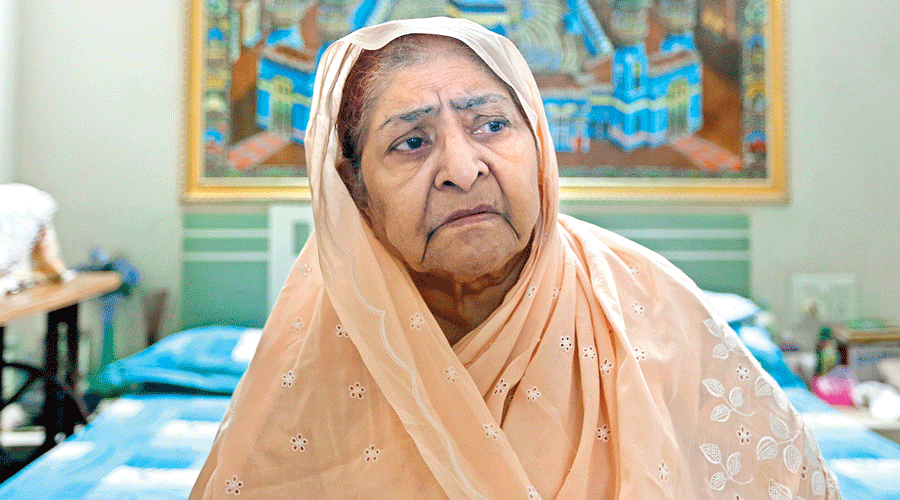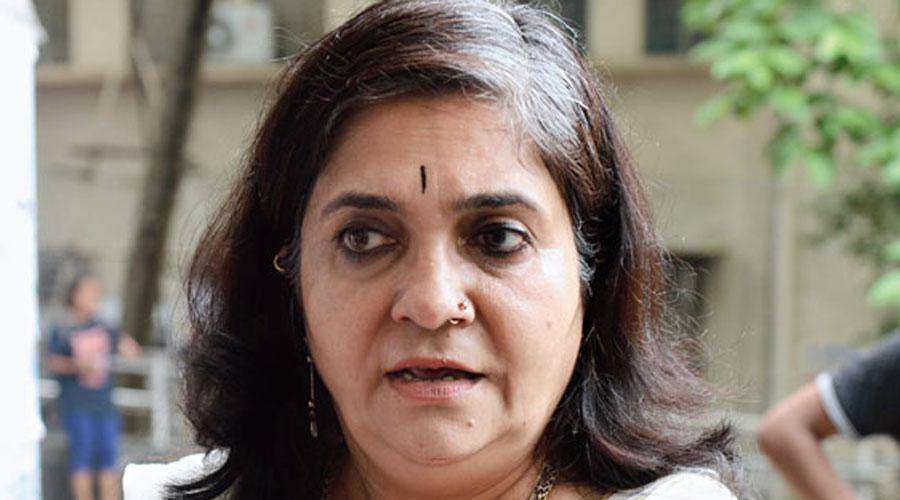A little more than 20 years ago, on a bright March morning, I was standing in front of Ehsan Jafri’s house in Gulberg Society, Ahmedabad. The former Congress MP had been killed by rioters. He had been set on fire on the first-floor balcony of his own house as he tried to protect his neighbourhood, a Muslim locality, from the rioters.
Three days had passed since the killing. The white of the walls still showed through the macabre black shapes left by the fire on the building. The balcony was gutted. Wisps of smoke were still rising. But what hit me like most was the smell of burnt flesh. It was so overwhelming that I could hardly take in anything else at first. It could have struck me down.
It was around 10.30 in the morning and a large crowd had gathered around the house, facing the balcony, as if they were an audience still witnessing the incident.
One person after another from the crowd began to narrate what had happened. On February 28, the rioters had come early in the morning to the neighbourhood, retreated after the police intervened, and come back. Many in the neighbourhood had taken shelter in Jafri’s house, because the Congress leader was a father figure. He was respected and loved and represented an earlier Gujarat that believed in communal harmony. He had been a freedom fighter and a trade union organiser, and had a deep interest in literature.
As the rioters arrived again, the crowd recounted several times, Jafri made frantic calls. “He called everyone — everyone here and in Delhi. Everyone said they were trying to do something, but nothing happened,” a man said.
Jafri was on the balcony. “Many had gathered around him, and his grandchildren were clinging on to him,” someone said. The rioters descended on him, cut him up and set him on fire. Many in his family and the neighbourhood died. The number has been put at 69.
If I close my eyes and think of Ahmedabad then, I see that charred balcony and smell that overwhelming smell. I also see an elderly, benign-looking man surrounded by people frantically making calls, so vivid were the accounts.
But I did not write about Gulberg Society then. Because I could not.
I did not have the words or the imagination to write what I felt. I was 20 years younger then. How does one write about an overpowering smell that refuses to die down? About a visual image of a bonfire made of living human bodies? I wrote about other things: about survivors, about Hindus who helped Muslims, about Muslims who still believed in good, telling myself that so many reports had already been written about Gulberg Society that it would not matter if I did not.
But the smell refused to die down. It was the same smell I would walk into at Naroda-Patiya in Ahmedabad, and in the burnt train compartment in Godhra. But Ehsan Jafri’s story was burnt into my brain.
Then the nation witnessed the Best Bakery trial, read about the harassment of activist Teesta Setalvad and the long battle of Zakia, Jafri’s wife, to get justice. On Friday, a Supreme Court bench upheld the SIT clean chit to the then chief minister and now Prime Minister, Narendra Modi.
In such moments, some turn to literature, to poetry, which Jafri loved. William Wordsworth has said that the materials of poetry are emotions recollected in tranquillity. I am as far from poetry as I am from tranquillity — I think, like me, many of us have permanently lost our sense of peace since the forces of Hindutva took over our life.
I still do not have the words for that smell. But I can remember.
It is my responsibility to do so — as a journalist and as an Indian.
The journalist had covered the Gujarat riots of 2002 for the newspaper











